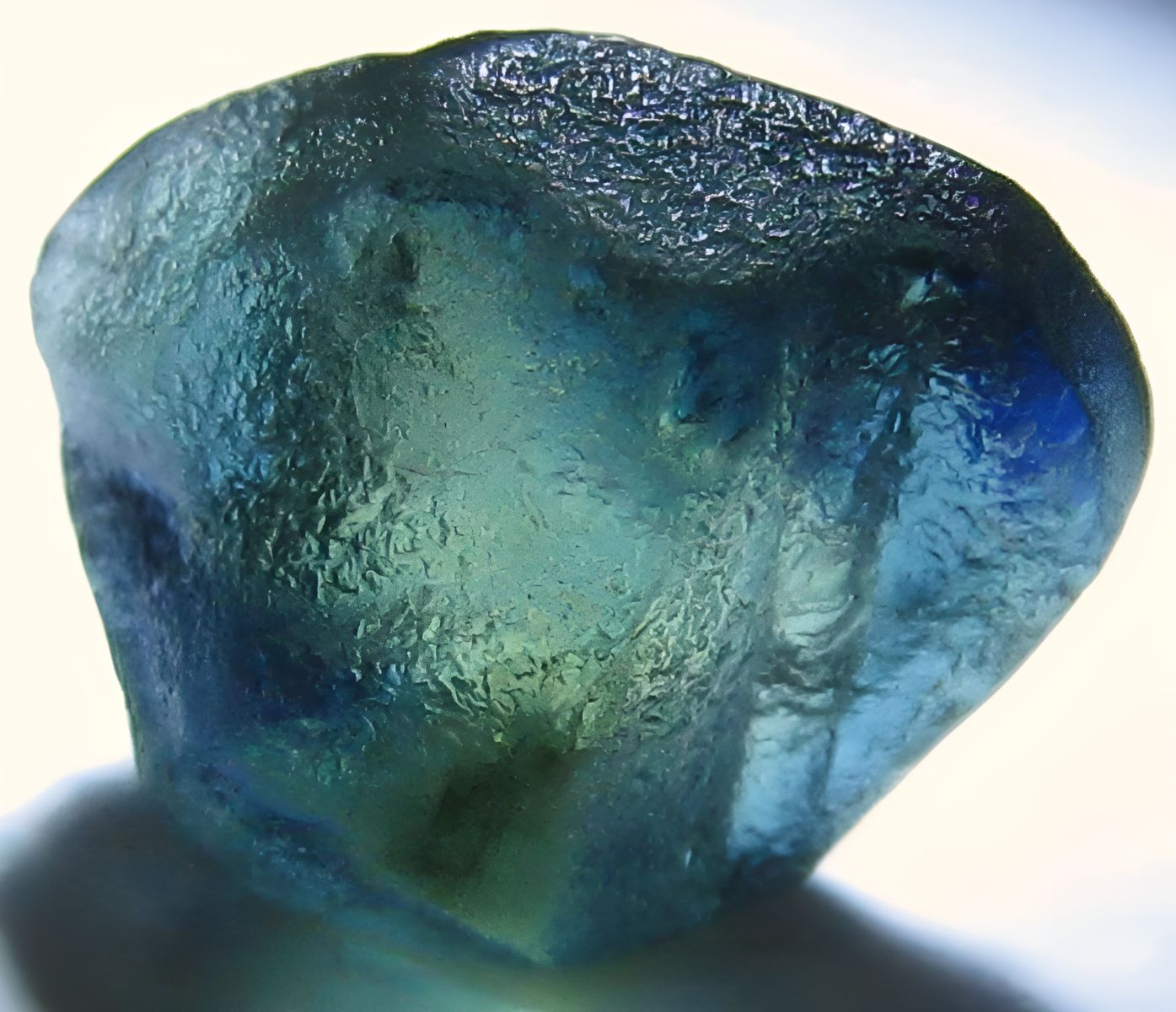
Carmeltazite, a rare gemstone, has captured the attention of gem enthusiasts and scientists alike. Found exclusively in Israel's Zevulun Valley, this unique mineral is often compared to sapphire due to its striking blue hue. But what makes Carmeltazite truly special? It's harder than diamond and formed under extreme conditions deep within the Earth's mantle. Discovered by Shefa Yamim, an Israeli mining company, this gem is not just a geological marvel but also a potential game-changer in the jewelry market. Ready to learn more? Here are 35 fascinating facts about Carmeltazite that will leave you amazed!
Key Takeaways:
- Carmeltazite is a rare and durable gemstone discovered in Israel, with unique properties that make it valuable for jewelry and industrial applications. Its formation provides insights into Earth's geological processes.
- Ongoing scientific research aims to uncover more about Carmeltazite's properties and formation, contributing to our understanding of rare minerals and their origins. The gemstone has also captured the public's imagination and inspired various forms of media.
What is Carmeltazite?
Carmeltazite is a rare mineral recently discovered in Israel. It has captured the attention of geologists and gem enthusiasts alike. Here are some fascinating facts about this unique gemstone.
-
Carmeltazite was discovered in the Zevulun Valley in northern Israel.
-
It is named after Mount Carmel, where it was first found.
-
The mineral's name also includes elements titanium, aluminum, and zirconium, which are part of its composition.
-
Carmeltazite is often found in corundum rocks, which are typically blue or black.
-
This gemstone is harder than diamond, making it extremely durable.
Unique Properties of Carmeltazite
Carmeltazite boasts several unique properties that set it apart from other minerals. These characteristics contribute to its rarity and value.
-
It has a complex chemical formula: ZrAl2Ti4O11.
-
The mineral exhibits a high level of hardness, scoring 9-9.5 on the Mohs scale.
-
Carmeltazite has a metallic luster, giving it a shiny appearance.
-
It is resistant to heat and corrosion, making it suitable for various industrial applications.
-
The gemstone's color ranges from deep blue to black, with some specimens showing hints of green.
Geological Significance of Carmeltazite
Carmeltazite's discovery has significant implications for the field of geology. It provides insights into the Earth's formation and the processes that create rare minerals.
-
The mineral is believed to have formed under extreme pressure and temperature conditions.
-
Its discovery suggests the presence of previously unknown geological processes in the Earth's crust.
-
Carmeltazite is found in volcanic rocks, indicating a link to volcanic activity.
-
The mineral's formation is associated with the cooling of magma deep within the Earth.
-
Its presence in Israel's Zevulun Valley points to the region's rich geological history.
Economic and Cultural Impact of Carmeltazite
The discovery of Carmeltazite has had both economic and cultural impacts. It has sparked interest in the gemstone market and highlighted Israel's natural resources.
-
Carmeltazite is considered a valuable gemstone due to its rarity and unique properties.
-
The mineral's discovery has boosted interest in Israeli gemstones and minerals.
-
It has the potential to become a sought-after gemstone in the jewelry market.
-
Carmeltazite's hardness makes it ideal for use in high-end jewelry.
-
The gemstone's unique appearance adds to its appeal among collectors and enthusiasts.
Scientific Research on Carmeltazite
Ongoing scientific research aims to uncover more about Carmeltazite's properties and formation. These studies contribute to our understanding of rare minerals and their origins.
-
Researchers are studying the mineral's crystal structure to understand its formation.
-
The chemical composition of Carmeltazite is being analyzed to identify its unique properties.
-
Scientists are investigating the conditions under which the mineral forms.
-
The discovery of Carmeltazite has led to increased interest in the geology of northern Israel.
-
Ongoing research may reveal new applications for the mineral in various industries.
Carmeltazite in Popular Culture
Carmeltazite has also made its way into popular culture, capturing the imagination of the public and inspiring various forms of media.
-
The mineral has been featured in several news articles and documentaries.
-
Carmeltazite has inspired jewelry designers to create unique pieces.
-
The gemstone has been showcased at gem and mineral exhibitions worldwide.
-
Its discovery has sparked interest in rare minerals and gemstones among the general public.
-
Carmeltazite has been compared to other famous gemstones, such as diamonds and sapphires.
Future Prospects for Carmeltazite
The future of Carmeltazite looks promising, with potential applications in various fields and continued interest from the scientific community.
-
The mineral may be used in industrial applications due to its hardness and resistance to heat.
-
Carmeltazite could become a popular gemstone for high-end jewelry.
-
Ongoing research may uncover new properties and uses for the mineral.
-
The discovery of Carmeltazite has highlighted the potential for finding other rare minerals in Israel.
-
The gemstone's unique properties and rarity ensure its continued appeal among collectors and enthusiasts.
The Rarity of Carmeltazite
Carmeltazite, a gemstone rarer than diamonds, has captured the fascination of gem enthusiasts and scientists alike. Found only in Israel's Zevulun Valley, this unique mineral combines titanium, aluminum, and zirconium. Its striking blue, green, and orange hues make it a visual marvel.
What sets Carmeltazite apart isn't just its rarity but also its incredible hardness, rivaling that of sapphires. This makes it not only beautiful but also durable, ideal for high-end jewelry. Its discovery has added a new chapter to the world of gemstones, offering something truly extraordinary.
So, whether you're a gem collector or just someone who appreciates natural beauty, Carmeltazite is a stone worth knowing about. Its rarity and stunning appearance make it a gem that stands out in any collection.
Frequently Asked Questions
Was this page helpful?
Our commitment to delivering trustworthy and engaging content is at the heart of what we do. Each fact on our site is contributed by real users like you, bringing a wealth of diverse insights and information. To ensure the highest standards of accuracy and reliability, our dedicated editors meticulously review each submission. This process guarantees that the facts we share are not only fascinating but also credible. Trust in our commitment to quality and authenticity as you explore and learn with us.


